Can a buck converter provide a lower voltage based on a target differential - instead of an absolute target?
Yes.
There are a number of ways to modify a buck converter to track the difference between the source voltage (\$V_{source}\$) and the output voltage of the buck converter, (which we shall call \$V_{bucked}\$), rather than tracking the output voltage itself. Note, we don't call the output of the buck converter \$V_{out}\$, because in a moment, we will show a circuit used to drive the feedback pin of a buck converter IC, and \$V_{bucked}\$ is the input to that circuit, and it would be confusing to call the input to a circuit \$V_{out}\$!
Somewhere in most IC controlled buck converters is a voltage divider between \$V_{bucked}\$ and ground, with the divided voltage going to a feedback pin, which in our schematic is labeled \$V_{fb}\$ thus:

simulate this circuit – Schematic created using CircuitLab
As is readily apparent, if the feedback pin neither sinks nor sources current, then:
$$V_{fb} = \frac{R2}{R1+R2}V_{bucked}$$
What can be done is to replace the above feedback network with this:

simulate this circuit
We shall show that in this case,
$$V_{fb} \approx \frac{R4}{R3}(V_{source}-V_{bucked})$$
We will assume that the current feeding the bases of the transistors is small, and the current to the feedback pin is small also.
We will also assume, because the bases of the two transistors are tied together, that the the voltages at the emitters of the two transistors are approximately equal.
With these assumptions, we see that the current through R3 is equal to the current through R4.
$$I_{R3} \approx I_{R4}$$
$$\frac{V_{source}-V_{bucked}}{R3} \approx \frac{V_{fb}}{R4}$$
$$\frac{R4}{R3}(V_{source}-V_{bucked}) \approx V_{fb}$$
Q.E.D.
So, if the buck controller IC attempts to keep \$V_{fb}\$ fixed, it must needs keep \$V_{source}-V_{bucked}\$ fixed.
\$R_{bias}\$ is not critical, but the same value as R4 is a good choice.
Note that you may run into compliance issues if either \$V_{source}\$ or \$V_{bucked}\$ is too small. That is, the current mirror circuit may cease to operate as a current mirror.
Also note that there will be some offset due to the fact that the two transistor will undoubtedly not be perfectly matched.
The same maths can be performed by an op-amp configured as a differential amp. That solution also takes 5 components, an op-amp and 4 resistors. Again with an op-amp, you will run into compliance issues if insufficient headroom is available for the particular op-amp chosen.


